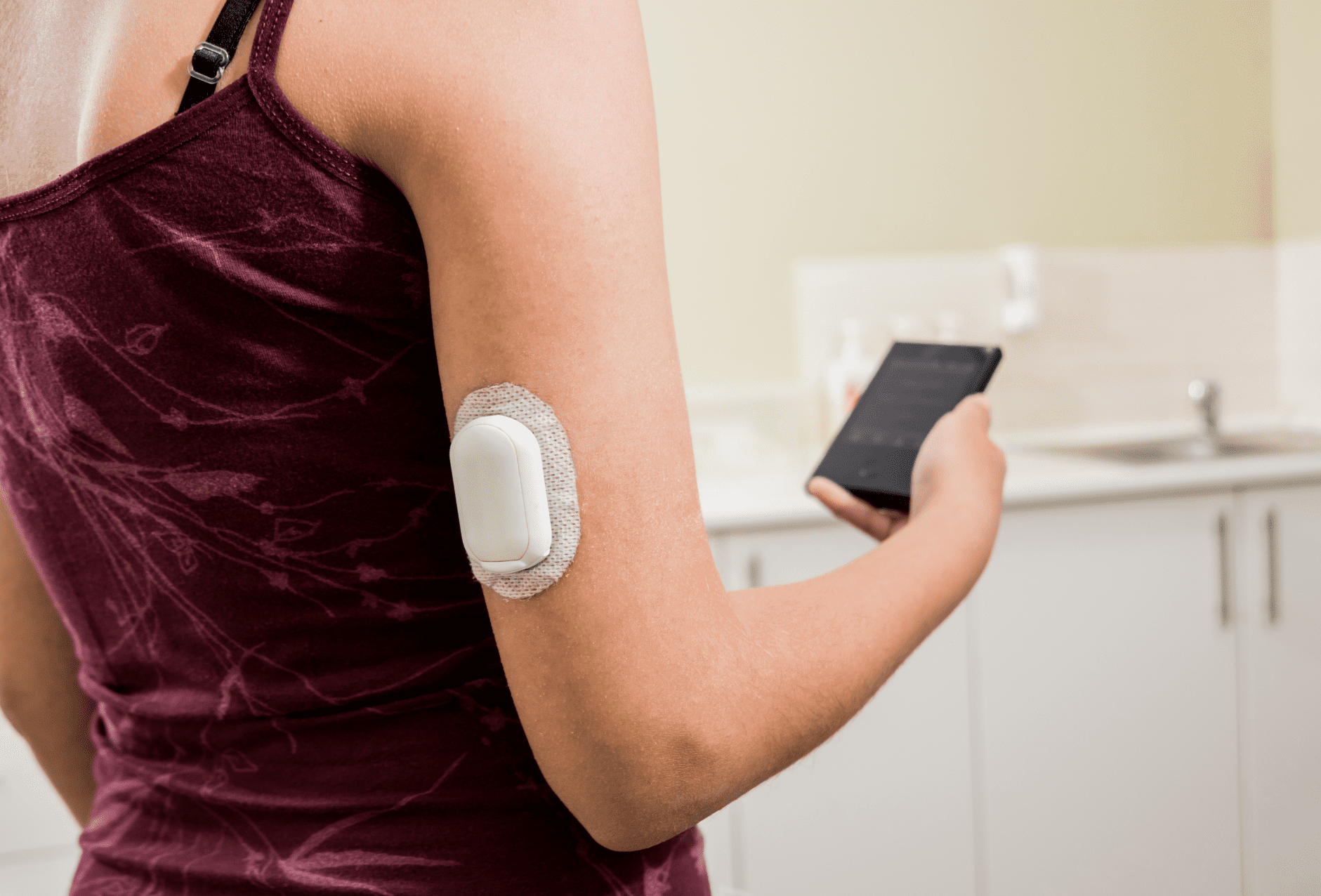Living with a chronic illness isn’t easy. Type 1 Diabetes for example, requires up to 180 health-related decisions per day, which can be a huge burden to manage writes Lindy Andrews
While the technology for Type 1 Diabetics has been available through public subsidy in Australia since December 2022, some may face barriers from their healthcare professionals in accessing the technology. In this article we’ll discuss the importance of collaborative healthcare for people living with Type 1 diabetes, and how it can improve health outcomes.
Prior to the pandemic I had a company in cross-border health. Moving people around the world for medical treatment. Not boobs, bums or altered faces (not that there’s anything wrong with that) but serious treatment such as oncology and cardiology. What I learned from our Asian neighbours on the delivery of collaborative holistic treatment will be something I’ll advocate for, forever.
Across Thailand, Malaysia, Singapore, and Hong Kong, a holistic approach to treatment is usually adopted in hospitals and clinics. Upon triage, a personalised medical program is curated for the patient, which includes the involvement of various specialists within the hospital or clinic setting. Consultation between these specialists is promptly provided throughout the course of the patient’s treatment, culminating in a period of time spent in the hospital’s wellness clinic. Their health outcomes are focussed on preventative care i.e the cause, not just relieving symptoms. This approach is really the only way, in the interest of the patient.
Back to Type 1 diabetes as the treatment example here, a chronic illness that requires daily attention and management. The prevention here is to avoid high blood glucose and maintaining stability of it. Not doing so could result in further chronic illness or early death.
As the condition is characterised by the inability of the pancreas to produce insulin, all treatment options involve the administering of this hormone. While conventional treatments involve the manual administering of insulin via injections multiple times a day, more recently, insulin pump technology has become more readily available.
The introduction of wearable, tubeless insulin pump technology, such as the Omnipod DASH, provides a solution to manage Type 1 diabetes, simplifying the way sufferers manage their diabetes.
However, despite the system providing a sense of ease and increased freedom for people living with Type 1 diabetes, due to a lack of knowledge, some may face barriers from their healthcare professionals in accessing the technology. One report from Heath Morley, who was the first person in Australia to trial Omnipod, shares an ideal experience that has helped him achieve success.
“I was sat down with a large group of healthcare professionals and was kept very well informed,” Morley said. “I think this was the best course of action, as it allowed me to make decisions about my treatment while being fully aware of all the different repercussions, both positive and negative, for each treatment option available.”
Morley feels that his opinion is valued during check-ups with his healthcare professional. “My endocrinologist is my main port of call – I see him quarterly and we sit down and look heavily at my data, and he takes on board any questions I have, and I generally feel heard, which is a big contributor towards the overall success of my diabetes management,” he added.
In contrast, David South had a very different experience when seeking out insulin pump therapy for his daughter. “Our experience with healthcare professionals was pretty traumatic initially,” he said. “I didn’t feel as though exploring treatment options was a collaborative or supportive process, and we weren’t given a broad range of treatment options for Charlotte at all.”
South had to do his own research to find a treatment that was suitable for his daughter, which led him to the Omnipod DASH insulin pump. “Once Charlotte began using this for her treatment and having positive results, I wondered why this option hadn’t been discussed with us initially,” he added.
Collaboration between patients and healthcare professionals is crucial to overcome the barriers to accessing diabetes technology. When people with Type 1 diabetes have a collaborative healthcare team that helps to assess their needs, it can break down the barriers to success.
Members of the diabetes community are also advocating for healthcare professionals to foster a collaborative approach to care. This involves creating a healthcare team that includes not just endocrinologists, but also diabetes educators, dietitians, and other professionals who can work together to address the patient’s individual needs and barriers to success.
Diabetes is an extremely challenging and at times overwhelming condition to manage day-to-day and any additional support such as a continuous glucose monitors and insulin pump therapy can greatly reduce the burden of the disease for the person and their carers.
Disclaimer: This article provides general information only, and does not constitute health or medical advice. If you have any concerns regarding your physical or mental health, seek immediate medical attention.








